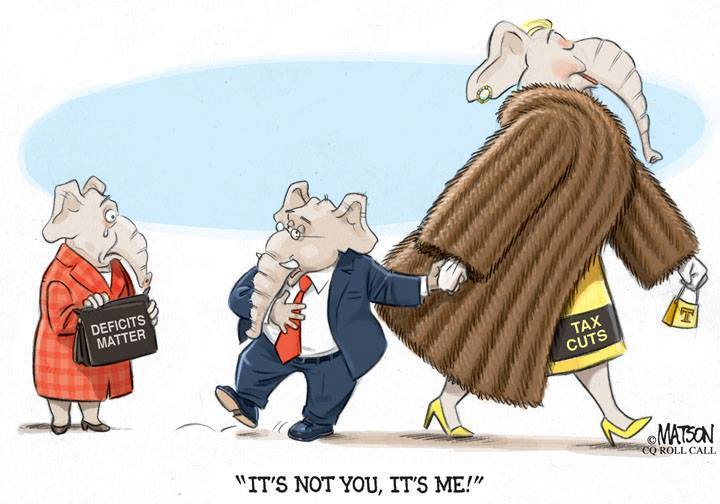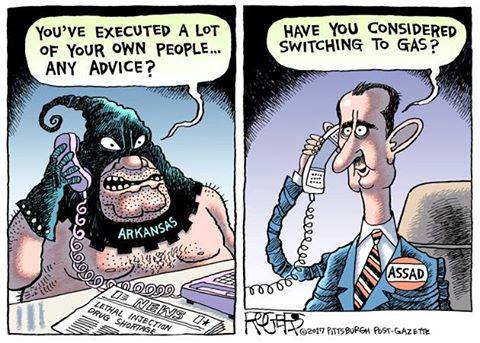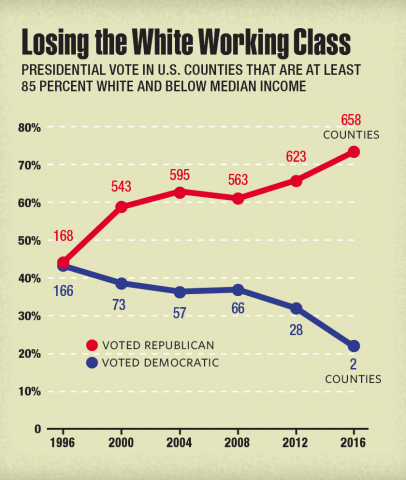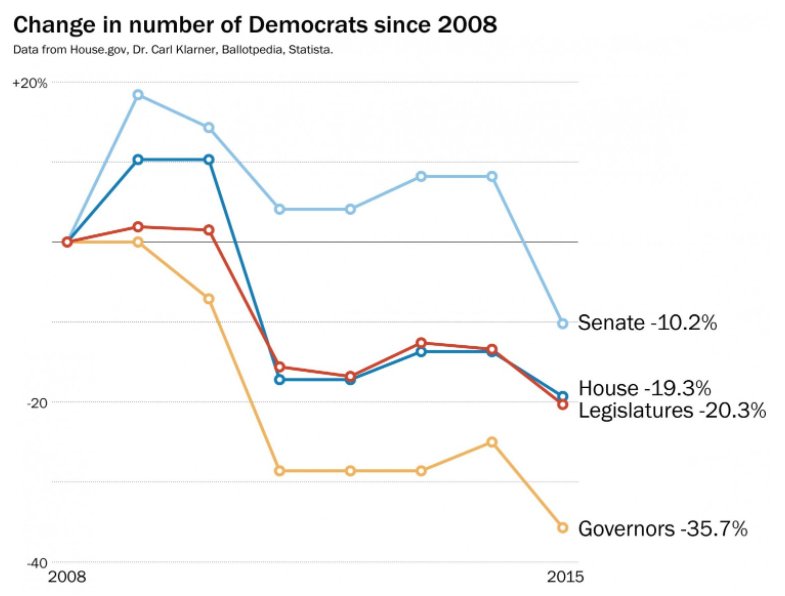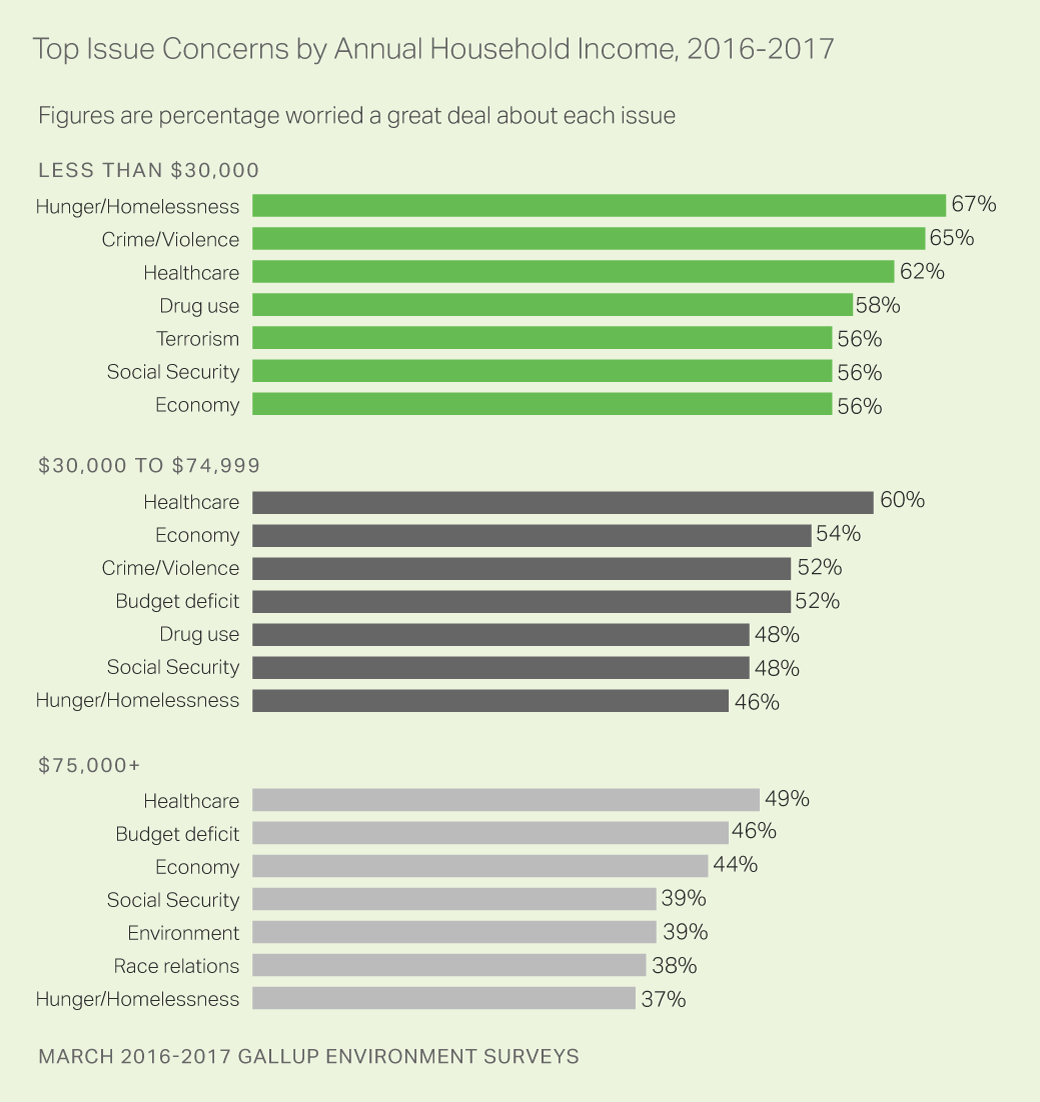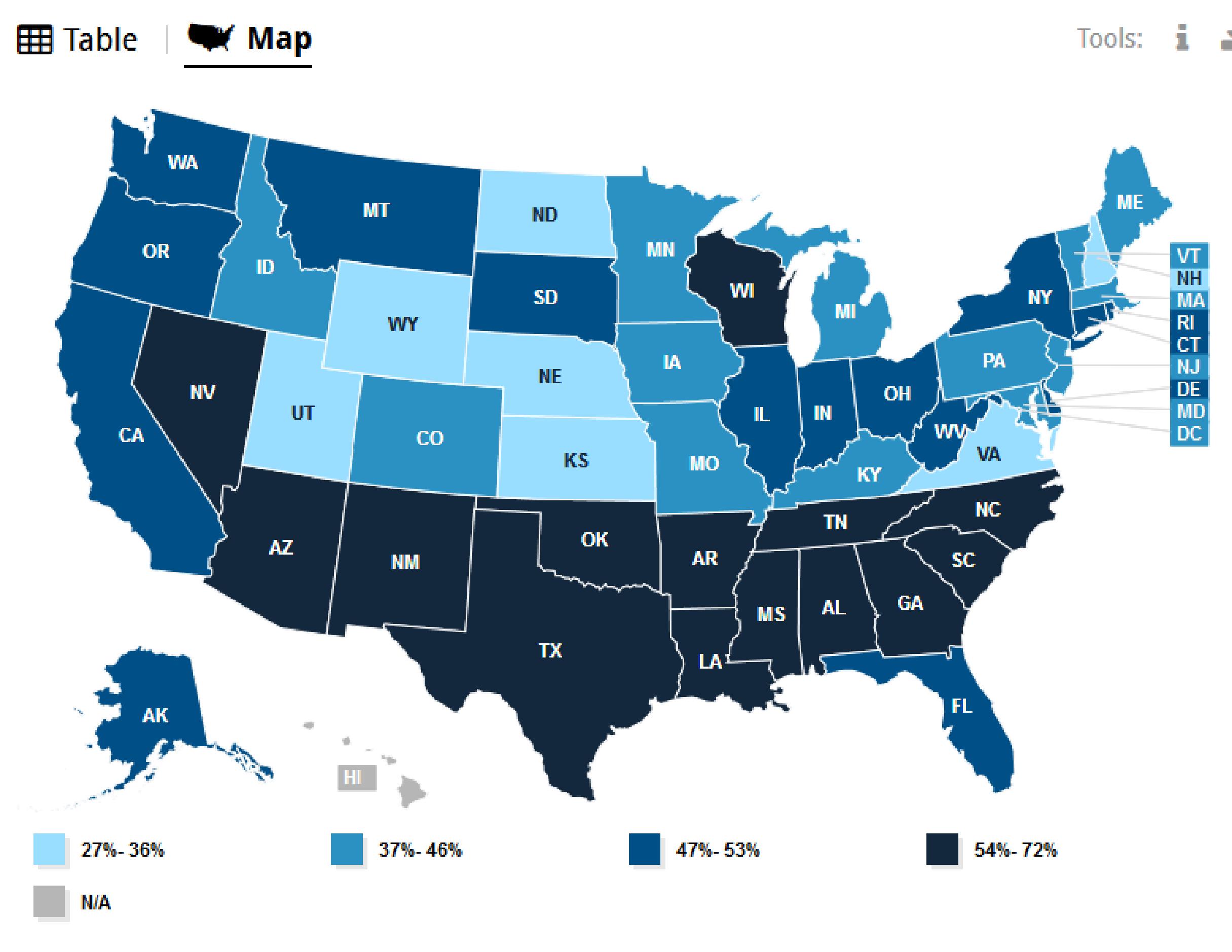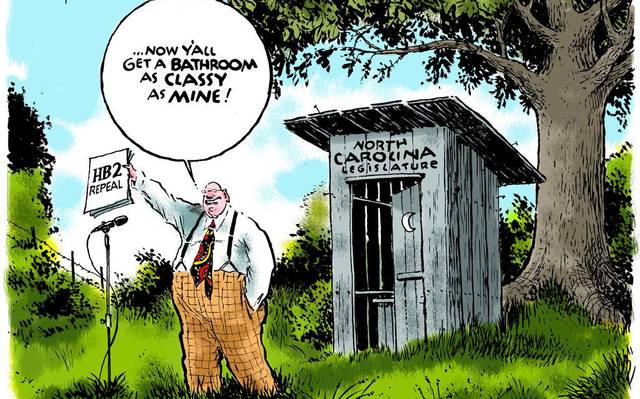The Daily Escape:

Waterton Park, part of Glacier International Peace Park – photo by Steve Coyle
Yesterday, we talked about the culture of anxiety that has developed in America in the last 40 years. One thing we didn’t discuss is the growing problem of “till debt do us part”. The average American is dying in debt. According to Bloomberg, the average total household debt in America is just over $132,500. And with the Federal Reserve’s recent rate increases, repayment of that debt will become increasingly more difficult. The more the debt increases, the worse credit scores become, making it even harder for American’s to borrow money when they need it. Individuals can get a credit card for no credit to help them when needed. This is a great is a lifeline for many, however, that credit card isn’t going to be able to pay $132,000 debt.
Difficult enough that most Americans will be saddled with a sizable chunk of it at the time of their death.
Credit.com has reported that Experian’s FileOne database includes 220 million consumers (there are about 242 million adults in the US). To determine the average debt people have when they die, Experian looked at consumers who, as of October 2016 were not deceased, but then were listed as deceased as of December 2016:
Among the 73% of consumers who had debt when they died, about 68% had credit card balances. The next most common kind of debt was mortgage debt (37%), followed by auto loans (25%), personal loans (12%) and student loans (6%).
Those consumers carried an average total debt balance of $61,554, including mortgage debt. The breakdown of unpaid balances was as follows: credit cards, $4,531; auto loans, $17,111; personal loans (click here if you’re wondering how do payday loans work), $14,793; and student loans were the largest balance outstanding at $25,391.
Think about this: people who die with student loans outstanding owe $25k on average. That has to cause anxiety for the individual and any family member who guaranteed the debt. It can leave relatives in need of cash to pay off the outstanding amount due. Not everyone has $25,000 sitting around their home, so companies like King Of Cash are here to help.
Now, federal student loan debt can be cancelled upon a borrower’s death, but private student loan debt rarely offers the same benefit. They can go after the borrower’s estate for payment. Even then, family members are not then automatically responsible for the debt, but jointly-owned assets like the family home could be in jeopardy.
So, lots of anxiety when the average person is dying with $61.5k in debt. Considering that the median individual net worth in America is $81.1k, the average person is leaving just $20k behind when they die.
So the average American needs a lot of soothing for debt anxiety. To help with that, here are Anna Netrebko & El?na Garan?a performing “Barcarolle” from Offenbach’s “Tales of Hoffman”. Barcarolle is the most famous aria from the opera (Belle nuit, ô nuit d’amour), performed in Act 2. The Barcarolle has been incorporated into many movies, including “Life Is Beautiful” and “Titanic”. Wrongo has featured Netrebko and Garanca before, and we return today to hear how beautifully and clearly their voices meld:
Those who read the Wrongologist in email can view the video here.


